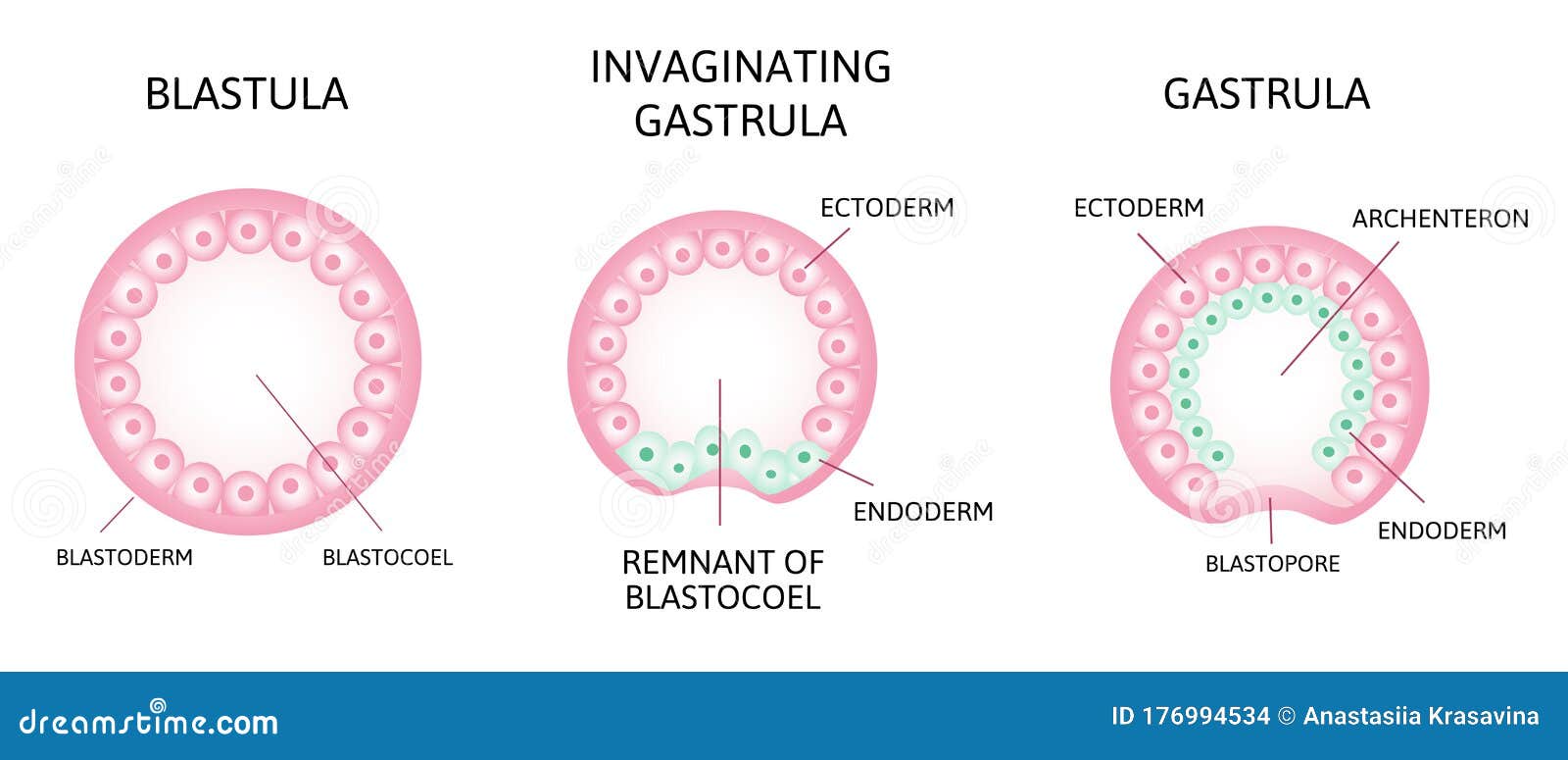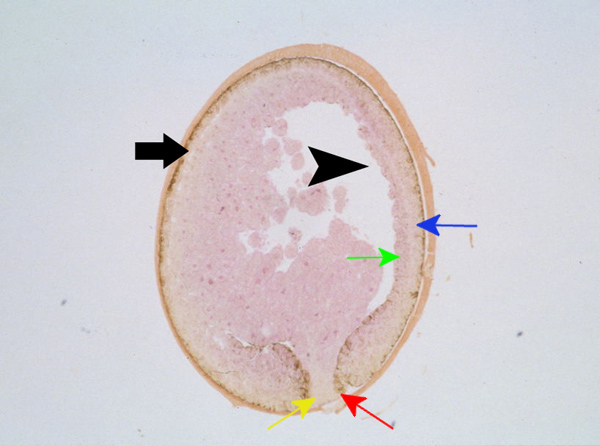

Lastly, we will discuss how behavior of pigment cells defines the manner of gastrulation, because pigment cells recently turned out to be the bottle cells that trigger the initial inward bending of the vegetal plate. These factors, in spite of their significance, have been neglected in the analysis of sea urchin gastrulation. Attention will be also paid to some other factors, such as the turgor pressure of blastocoele and the force generated by blastocoele wall. In those embryos, bottle cells are scarcely observed, and the archenteron cells are not rearranged during invagination unlike in typical sea urchins. Third, differences in the manner of gastrulation among sea urchin species will be described in some species, the archenteron does not elongate stepwise but continuously. Second, several factors, such as cytoskeletons, cell contact and extracellular matrix, will be discussed in relation to the cellular and mechanical basis of gastrulation. In this review, we first illustrate the current outline of sea urchin gastrulation. However, recent studies have shown that the recruitment of the archenteron cells lasts as late as the late prism stage, and some descendants of veg1 blastomeres are also recruited into the archenteron. It is widely accepted that the invagination proceeds in two steps (primary and secondary invagination) until the archenteron reaches the apical plate, and that the constituent cells of the resulting archenteron are exclusively derived from the veg2 tier of blastomeres formed at the 60-cell stage.
BLASTOPORE ARCHENTERON BLASTOCOEL SERIES
We have a series of slides showing embryonic development in starfish.Processes of gastrulation in the sea urchin embryo have been intensively studied to reveal the mechanisms involved in the invagination of a monolayered epithelium. The earliest stages of embryonic development roughly correspond to those in all other animals, including vertebrates. Fertilization is easy to achieve, simply by putting eggs and sperm together in seawater. The eggs and larvae are reasonably large, but are small enough to fit on a microscope slide. They typically have external fertilization, which makes them easy to observe. Starfish, sea urchins, and other members of the phylum Echinodermata are classic model organisms for studying developmental biology. These cell movements begin in the blastula and gastrula stages, described below.


During embryonic (and later) development, cells move around, make contacts with neighboring cells, and receive the instructions that will determine their developmental fates. Animal cells are attached to one another by specific proteins that not only allow for cell recognition and attachment, but also send vital information from one cell to another to cause cells to follow particular paths of differentiation. In animal development, cell movements are essential. In plant tissues, cells are locked into place by the cell walls that they share with their neighboring cells, so cells don't move relative to one another. New, undifferentiated cells are produced by meristems in the growing regions of the plant later, these cells are signaled by hormone gradients to differentiate into the appropriate types of cells. In vascular plants, primary growth occurs at apical meristems, which are groups of cells specialized for cell proliferation. In an earlier lab you looked at plant development. Both slides are worth looking at, but the w.m. means that the slide contains sections, or slices, of the embryos. means whole mount, with the whole embryo placed on the slide. (We have two versions of this slide: w.m. (on the same tray as the early cleavage slide) Recognize the early developmental stages of starfish and relate these to key events in animal development.Compare and contrast fundamental mechanisms of plant and animal development.On this page you'll see a couple of microscope slides showing the earliest stages of animal development. Development is the process by which an animal makes its body.


 0 kommentar(er)
0 kommentar(er)
